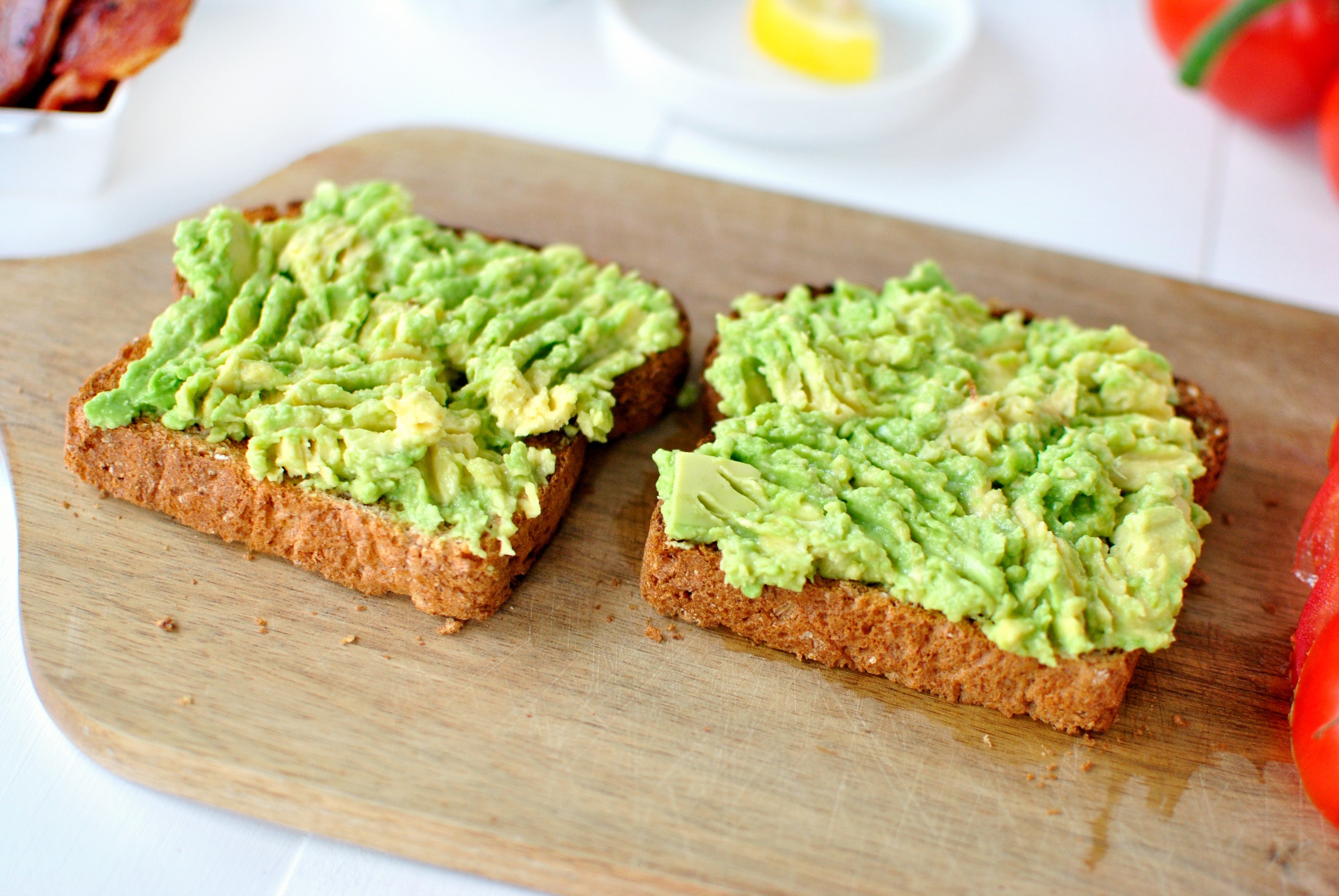Former agency strategists Mark MacSmith (VML) and Tom McGillick (JWT) have conducted Australia’s largest study of Millennial attitudes and behaviours, with the aim of cutting through the clichés surrounding the country’s highest-spending demographic.
You can download a copy of the study here.
The study reveals some alarming figures relating to the perceived attainability of the Australian dream.
More than 25 per cent of Millennials currently live pay-cheque to pay-cheque, but it’s Millennials over 30 who have the least disposable income of all.
Of those who do have some money to invest, less than 15 per cent are currently putting that towards a deposit on a home and over 20 per cent have already given up o the idea of homeownership.
What’s more, trends in media consumption appear to be undermining the Australian ideal as well, with heavy users of social media more likely to report low personal optimism, social cohesion and economic participation.
“We read conflicting reports about the difficulties this generation faces, but rarely consider how these things might play out. For instance, we know young Australians are having children later, but we found that the more than 25 per cent see expect childless couples to be the household of the future, and that has major implications for something as fundamental as the size of the population,” said MacSmith
Australian Millennials are however, leading the way when it comes to looking after their health, particularly mental health, with over 35 per cent reporting actively trying to improve their mental health.
“This year, our industry will focus on Millennials more than any other group, but there is actually no consensus on who is or isn’t a Millennial. Even a conservative definition includes 18-year-olds all the way up to 35-year-olds. So it’s a group that currently includes both teenagers, and the parents of teenagers. Our industry struggles to understand Millennials because they’re not a homogenous group,” said McGillick.
The Australian Millennial Report profiled a sample of over 1200 young Australians and found the optimistic, progressive, young Australian that is seen as typical of the Millennial generation accounts for only 43 per cent of the total. “The rest are made up of groups who feel, think, and behave very differently, due to differences is age, where they live, experience and outlook,” said MacSmith.








